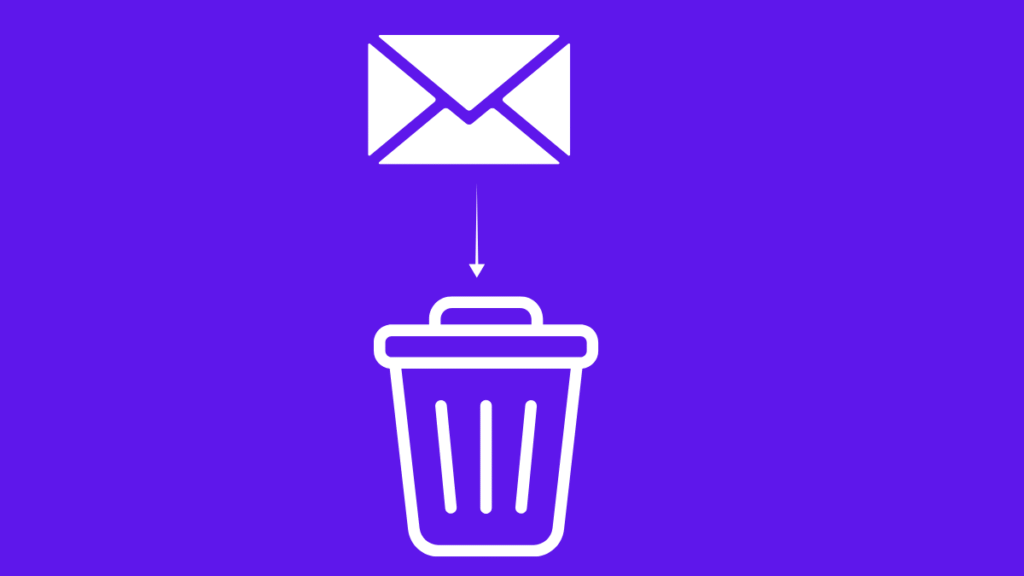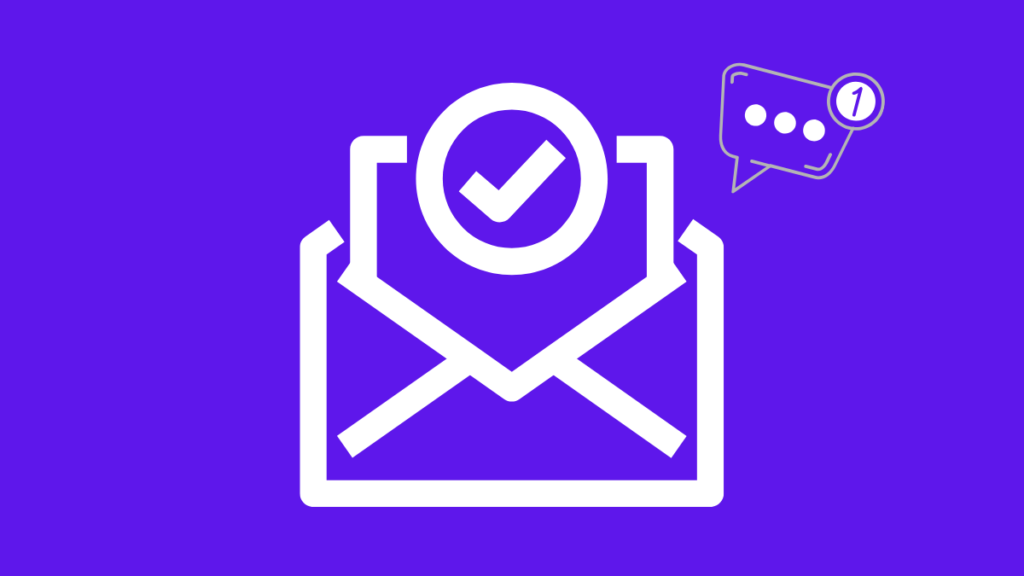In the cold emailing world, a lot of the emails probably deserve to go to spam…but the one that you put a lot of effort into crafting and getting a good lead? They sure don’t. So, if you’re wondering why your emails are going to spam, you’re not alone.
In this article, you’ll learn why cold email often gets flagged, how domain reputation impacts your deliverability, and most importantly, how to prevent emails from going to spam using a step-by-step system that the experts at Aersond use.
Why Cold Email Often Goes to Spam
Platforms like Google and Outlook don’t make it easy for senders; they evaluate them using a mix of signals, many of which are invisible to the average sender. You need to understand why cold emails are going to spam by understanding what inbox providers actually care about.
One of the biggest factors? Your domain reputation. It’s email providers deciding whether to trust you with their users’ inboxes. Even high-quality senders can find their emails going to spam if reputation metrics dip.
Preventing Your Emails Going to Spam
Most people blame their copy when their campaign doesn’t give the expected result. The truth is that your emails might still go to spam even when your copy is perfect. Why? Because inbox providers care more about sender behavior than your message.
1. No Warm-Up or New Domain
When you join a gym, you don’t walk in on the first day and do 300 deadlifts. You start slow, learn proper form, build consistency, and earn the trust of your muscles. Domains also work on the same principle. Send too much too soon, and you’ll pull something (like your deliverability). Start small, earn inbox trust, and scale smart.
Fix: Warmup Before Sending Emails. Use trusted warm-up services like Warmupinbox.com. It’s complimentary for Aerosend clients.
2. Running a bad infrastructure
There are a lot of ways to create your inboxes. You can set them up in non-cold email solutions like SendGrid or Google Resellers. Once these providers identify what you are trying to do, they will give you the worst IPs and constantly push you towards SPAM.
Fix: It is highly recommended to use trusted providers like Aerosend.
3. Missing SPF, DKIM & DMARC
Providers need to verify who you are. Missing authentication is a major reason emails land in spam.
- SPF: Lists which servers can send for your domain
- DKIM: Adds a signature to prove your email hasn’t been altered
- DMARC: Tells providers how to handle unauthenticated messages
Fix: Configure all three correctly. Aerosend handles this automatically during onboarding.
4. High Bounce Rates
High bounce rates signal bad lists and hurt deliverability. Even with a seemingly clean list, just a few bad leads can result in cold emails going to spam. That’s why there are two bounce types to watch:
- Mailbox Not Found: Invalid or outdated contacts
- SPAM Reject: Domain is blocked by the recipient server
Fix: If you see SPAM rejects, immediately stop sending from that domain. Replace it with a fresh one. Also, recheck your content and lead source to rule out spam triggers and low-quality data.
5. Spammy Content or Subject Lines
Spam filters look for trigger words (limited edition, buy now, 15% off, free, winner, and more). Additionally, an overuse of emojis or bad HTML, links, and images could be just some of the reasons why you aren’t ending up in the primary inbox.
Fix: Keep your subject lines short and to the point, no all caps in the content, no exclamation points, and no media or links (at least for your first email). Always test your emails before launch. Aerosend helps its clients run a bi-weekly inbox placement test.
6. Poor Engagement Signals
One of the most overlooked reasons for cold emails going to spam is low engagement. Mailbox providers measure your engagement rates, like reply rates, and the receiver’s actions, such as marking you as spam. This ultimately becomes a vicious cycle because poor engagement rates already make it unlikely that you’ll land in the inbox.
Fix: If you are using domain rotation, track reply rates by domain. Remove the lowest 10–25% of performing domains every month. Wait until at least 500 emails have been sent before making a decision. Aerosend tracks this weekly and automates domain rotation for you.
7. Cold Email Volume Spikes
Sudden volume increases can send your cold emails to spam, especially on new domains. Inbox providers expect:
- Gradual send growth
- Consistent daily patterns
- Natural user behavior
Fix: Start slow and ramp up over time. Use multiple domains and multiple inboxes per domain. A good starting setup would look something like this: Ten domains, each with three inboxes, start with 25 emails per inbox per day. Aerosend helps with warm-up (warmupinbox.com, complimentary for our clients), rotation, and pacing, which are fully automated.
8. Blacklists
The worst thing that can happen to a cold emailer is landing on a DNSBL (Domain Name System Blacklist). Shared across inbox providers, these lists severely impact your ability to reach any inboxes. Blacklisted domains almost guarantee cold emails going to spam.
Fix: The good thing here is you don’t have to do much, just run automated checks for lists like Spamhaus, Spamco, Barracuda, and SEMFRESH. Aerosend runs blacklist scans and alerts you immediately if your IP or domain gets flagged.
How to Prevent Emails from Going to Spam: A Simple Breakdown
| Step | Action |
|---|---|
| 1. Warm-up | Gradually ramp up sending volume; simulate real inbox behavior. |
| 2. Authentication | Set up SPF, DKIM, and DMARC to build trust with inbox providers. |
| 3. List Hygiene | Verify all leads; remove invalid, old, or low-quality email addresses. |
| 4. Rotation | Use multiple domains and inboxes to spread volume and reduce risk. |
| 5. Monitoring | Track reply rate, bounce type, inbox placement, and domain reputation. |
| 6. Adjust | Remove or pause underperforming domains; reroute before damage spreads. |
FAQ


 13 Dec 2025
13 Dec 2025
